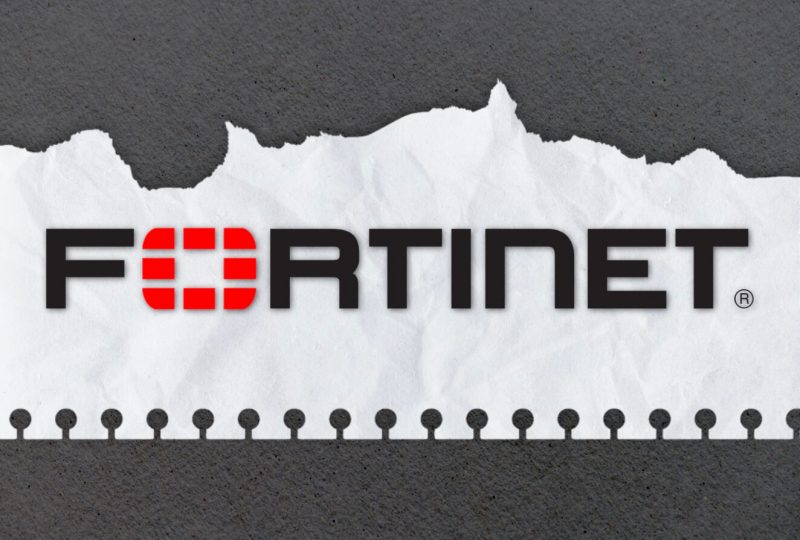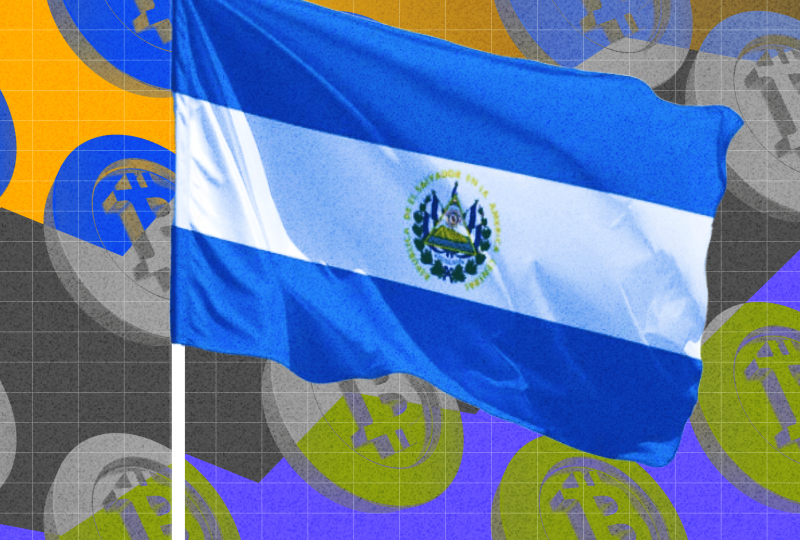There Will Be No Student-Loan Apocalypse
Dec 22, 2021

After almost two years of payments pause, over 20 million borrowers will be required to begin repaying their federal student loans in February.
Due to worries about the Delta and Omicron versions and the economy, several Democrats have encouraged the Biden administration to prolong the payment freeze and interest waiver further. They refer to restart of repayment as a "repayment cliff."
These concerns are exaggerated. The majority of debtors will resume paying without difficulty. There will be no systemic failure of student loans. Returning to repayment will not trigger a zombie apocalypse.
In August, the US Department of Education designated the current extension as the "last extension." Officials from the administration have indicated that there will be no more delays in resuming reimbursement. The United States Department of Education has begun notifying borrowers through email about the February repayment resumption and preparing specific outreach to at-risk borrowers.
Undoubtedly, there will be some teething problems associated with the restart of payments. Despite extended hours and increased employees, call centers may get congested. However, this will be a temporary issue since borrowers may communicate securely through email using the loan servicer's website.
A few borrower polls have painted a picture of a doomsday scenario in which repayment is restarted. According to one poll, 89 percent of debtors do not feel stable financially enough to begin payments in February. That survey appears to be subjected to selection bias. According to another poll, based on a randomized sample of student loan debtors, just 29% of borrowers are unprepared to begin repayment.
Of course, what people say and do are diametrically opposed.
Certain debtors may undoubtedly face repayment difficulties, just as they did before the epidemic. Excluding borrowers in an in-school or grace period status, 28% of Direct Loan borrowers were in deferral, forbearance, or default, and 9% were committing significant delinquency as of December 31, 2019, according to an examination of government statistics.
Meanwhile, according to Bureau of Labor Statistics statistics, unemployment rates for college graduates have stabilized, falling from an all-time high of 8.2 percent in April 2020 to 2.1 percent in November 2021. In 2021, the majority of new employment produced went to college graduates.
Rates of deferment and forbearance on federal student loans that were not eligible for the payment pause and interest waiver likewise reverted to pre-epidemic levels. According to the most recent government data, 75.5 percent of commercially held Federal Family Education Loan programs are in repayment as of June 30, 2021, up from 73.5 percent as of December 31, 2019, and 1.2 percent of borrowers who qualified for the payment pause and interest waiver. Only 6.5 percent of debtors are in forbearance, while 3.7 percent are deferred, down from 6.5 percent and 3.7 percent before the epidemic.
Private student loans, which were also ineligible for the payment delay and interest waiver, had comparable consequences. As of September 30, 2021, 2.26 percent of Sallie Mae's private student loans were in forbearance, and 2.42 percent were delinquent, compared to 3.62 percent in forbearance and 2.77 percent in default as of September 30, 2019.
As a result, there is no need to extend the payment halt and interest waiver.
To ensure that they are notified of their new payment due date, all borrowers should maintain current contact information with their loan servicers. They should also make any necessary changes to their contact information on StudentAid.gov. Before repayment resumes, borrowers will get at least a half-dozen notifications.
Monthly loan payments and interest rates will remain the same in February, while payment due dates may alter. The payment suspension and interest waiver effectively placed the loans on hold. (While the Federal Reserve intends to raise interest rates in 2022, 2023, and 2024, this will not affect current federal student loans, the majority of which are fixed-rate.)
Borrowers who utilize AutoPay to send payments automatically from their bank account to the loan servicer may need to verify that their bank account information has not changed. Do not presume that payments will be transferred automatically upon repayment restart.
Other debtors may be interested in enrolling in AutoPay. Those who do are far less likely to miss a payment, avoiding late penalties and collection expenses. As an incentive, most lenders offer a small interest rate decrease, often 0.25 or 0.50 percentage points.
If borrowers' expenditures increase as a result of the epidemic, they should reassess their budgets to free up funds for student loan payments. Reduce discretionary spending. Borrowers can also boost their income by requesting a raise, taking on part-time employment during the evenings and weekends, or transferring to a higher-paying career.
Over a third of Direct Loan borrowers are experiencing a change in loan servicers as a result of four student loan servicers exiting the student loan program. A change in student loan servicers might be perplexing, as the payment address and servicing site will change. Loans and payment histories might become lost or misplaced at times. This snafu would have occurred regardless of whether the repayment was resumed. Borrowers whose loan servicer is changing should save or print a copy of their loan information immediately, before the transition, and verify that their loans were transferred appropriately following the change. They may be required to re-enroll in AutoPay with the new loan servicer.
There are further financial relief alternatives available to borrowers who are still struggling financially. The first category is deferments and forbearances. Borrowers may stop payments of their federal student loans through the use of jobless deferment, economic hardship deferment, or general forbearances. Each of these is limited to three years. Another possibility is income-based repayment. If a borrower's income is less than 150 percent of the poverty level, income-based repayment, pay-as-you-earn repayment, and amended pay-as-you-earn repayment all result in a zero monthly student loan payment. In contrast to the payment pause and interest waiver, interest may accumulate under these alternatives. If the borrower's income has fallen, they may request an early income recertifying from the loan servicer in order to qualify for a lower monthly loan payment.
A prediction: Because of increased salaries and decreased unemployment, deferment, forbearance, and delinquency rates will be lower than before the pandemic.




